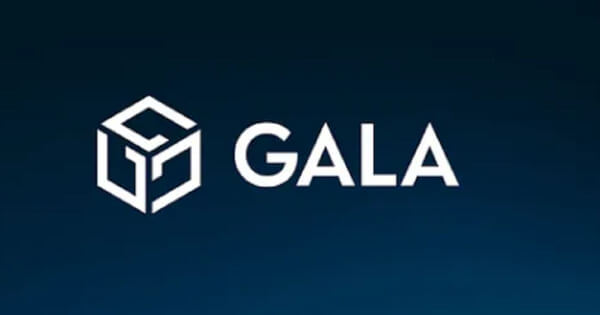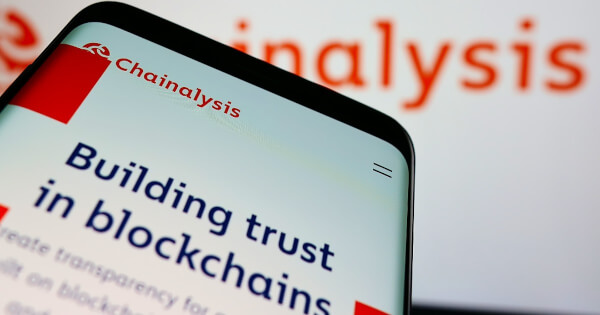1. Hi Ivan! Thank you for taking the time to talk to us. But before we dive on in, we’d like to know more about your expertise in the field of blockchain.
Hi! Thank you very much for having me on board. I’d like to think of myself as an industry-driven entrepreneur, mainly based in the developer and franchise industries. I worked as the Director of Business and Development in the industry and was in charge of growing a Top 500 Fortune Franchise.
My journey in the blockchain industry began way back in 2012. I was one of the early adopters of cryptocurrencies and during the crypto boom in 2017, I was a well-established trader and crypto researcher. Ever since then, I worked closely with the industry experimenting with various protocols to increase my finance and crypto knowledge.
Last year, I was made the Director of Business Development for one of the top crypto Fin-Tech projects Ferrum Network which is responsible for incubating over 500 million TVL worth of projects. Having worked with all these projects, I’ve seen the tremendous potential of decentralized finance. However the overarching gap between TradFi and DeFi was always apparent, making it difficult for people to transition, and this is where SafeGram came to realization.
2. In the past few years, we’ve seen a huge influx of capital into DeFi, and naturally, the question of redistributing this capital arises. Can you give us an insight into how DeFi projects are working to redistribute this capital across the global financial system and what do you think is the most efficient way?
Yes! Owing to DeFi’s monumental success in the past couple of years, we’ve seen a huge influx of capital. Investors, both VC and retail, along with regular users have all been pouring money into this emergent industry for higher yields and global accessibility. When I last checked, the total volume locked in DeFi protocols was sitting at $225 billion. With more and more funds coming into the system, the next obvious step is to get these funds out of the system and this is where DeFi is currently lagging behind.
The efforts in this direction have been minimal so far. But there are a few protocols trying to connect lenders in DeFi with borrowers in TradFi to create an outward flow of capital. Apart from this, I believe the best solution is to have good off-ramping solutions that allow users of DeFi to utilize their digital assets outside the industry. This way, DeFi’s capital will easily find its way into the global financial system.
3. The transition from TradFi to DeFi is touted to be the next natural step in the evolution of finance. But even today, the industry struggles with on and off-ramping users. How do you think this is affecting the transition and do you see a viable solution for the problem?
Decentralized finance is a whole new financial system built parallel to the traditional one. So, when we’re on or off-ramping users into DeFi, we’re essentially moving value between two vastly different financial systems and that’s why there’s friction. Initially, we’ve had more problems with on-ramping users but thanks to crypto exchanges and other means of earning crypto, on-ramping users is now easier than ever. But, off-ramping is still a problem.
DeFi users struggle to put their crypto holdings to good use outside the industry to make payments or purchases. This has reduced cryptocurrencies to a store of value and hinders their adoption because everyday users cannot find viable use. The solution to this is to have a mechanism that lets users easily convert their crypto holdings into fiat currencies that they can easily use anywhere across the globe. And this is exactly what we’re doing at SafeGram.
4. Well! That’s a great insight. Can you briefly walk us through the inner workings of SafeGram and maybe tell us how it differs from other crypto-fiat solutions like Telcoin or Coinovy.
Well! As I mentioned, SafeGram provides off-ramping solutions via its crypto-to-fiat bridge. It allows anyone to send a 1:1 value of their blockchain holdings as fiat currencies to anywhere across the world. This means that if you want to send $100 to your friend, you can use $100 worth of your ETH holdings to make the transaction. You’re paying in crypto but your friend is receiving it in fiat.
We’ve chosen this approach because it is not only the most practical but also the most efficient one. Now if you compare SafeGram to other projects like Coinovy, Coinovy allows users to withdraw crypto holdings to a debit card and then spend it. We allow you to spend your holdings directly. And while Telcoin has partnered with third-party remittance services to facilitate payments, we have a built-in remittance network that provides unlimited global reach.
5. How will a crypto-fiat bridge impact the global financial ecosystem and also the DeFi industry? Do you think it will create a common ground for these industries to work in tandem?
As of now, we’re in an ambiguous middle ground between crypto and fiat. We are nowhere close to achieving “crypto victory over fiat” as enthusiasts claim. But on the other hand, cryptocurrencies will not disappear into the abyss as skeptic claims. We’re most likely headed towards a future of co-existence of these two asset types and this is where crypto-fiat bridges will make a huge difference.
By seamlessly connecting the two financial systems, they allow users to shift from one to the other easily as per their convenience. They could have a huge impact on the global remittance market, reducing the cost of remittances and allowing users to easily send funds across the globe. Along with this, they create new utilities for digital assets and allow for their integration into the global financial system.
6. Lately, we’ve seen developments towards DeFi 2.0, the new iteration of decentralized finance. What problems are DeFi 2.0 protocols trying to tackle, and what impact do you think they will have on the world of finance?
DeFi 2.0 is a movement of projects that are trying to build on DeFi 1.0’s monumental success and propel it even further by making significant improvements. I’d like to think of DeFi 2.0 as the value creation stage. This new wave of projects is trying to tackle DeFi’s most pressing problems like the lack of fixed interest rates, lack of utility for staked funds, and lack of financial products for risk-averse investors. While doing so, they also address real-world financial problems and take banking the unbanked pretty seriously.
When DeFi 2.0 gets rolling, I believe decentralized finance will take a new shape and form to become an integral part of the global financial system.
7. As a protocol focused on and off-ramping for the crypto industry, what advice do you have for people still on the fence about making the transition? What opportunities do you think this new financial system has in store for them?
The new financial system most definitely has a myriad of opportunities up for grabs. The higher yields and higher ROIs speak volumes to us about how DeFi can be used for wealth generation. That being said, the risks associated with the industry are pretty high too and I believe every user must consider their own appetite for risk before making the transition.
Hopefully, in the near future, DeFi will have financial products to cater to all risk appetites.
&

You can get bonuses upto $100 FREE BONUS when you:
💰 Install these recommended apps:
💲 SocialGood - 100% Crypto Back on Everyday Shopping
💲 xPortal - The DeFi For The Next Billion
💲 CryptoTab Browser - Lightweight, fast, and ready to mine!
💰 Register on these recommended exchanges:
🟡 Binance🟡 Bitfinex🟡 Bitmart🟡 Bittrex🟡 Bitget
🟡 CoinEx🟡 Crypto.com🟡 Gate.io🟡 Huobi🟡 Kucoin.
















Comments